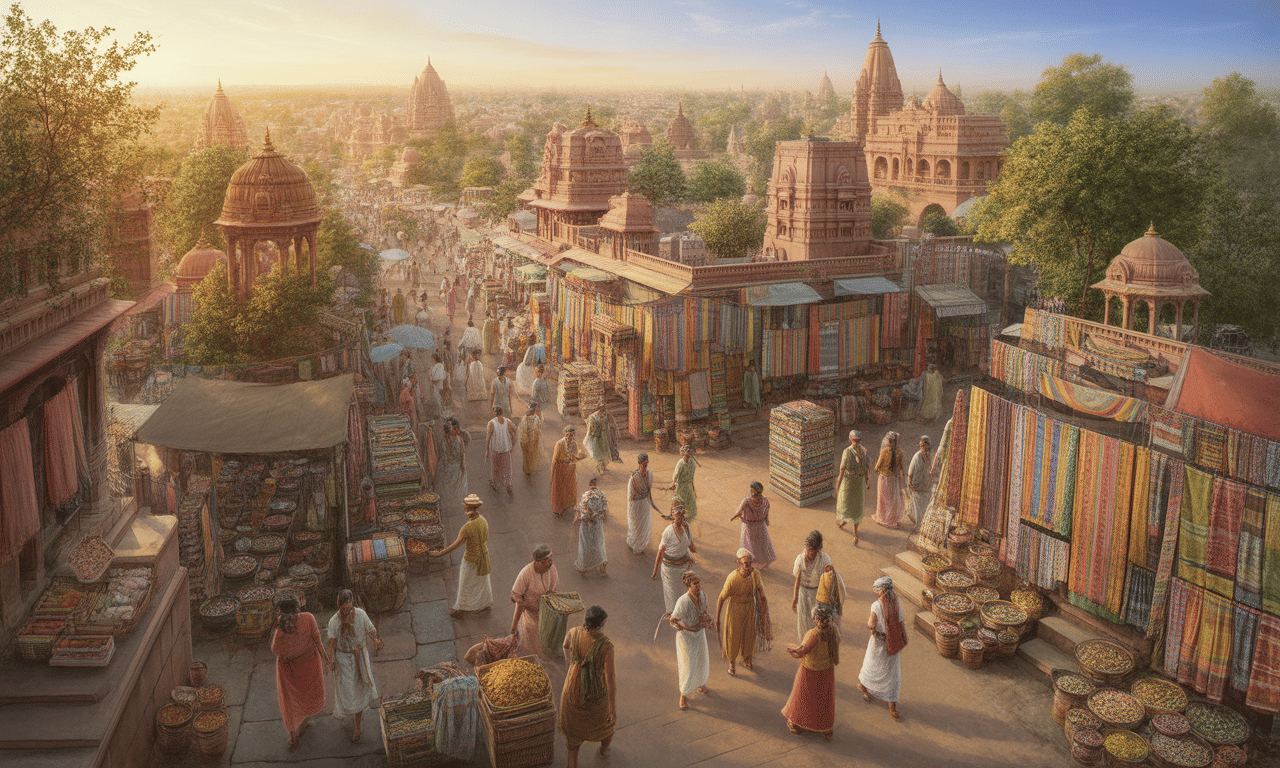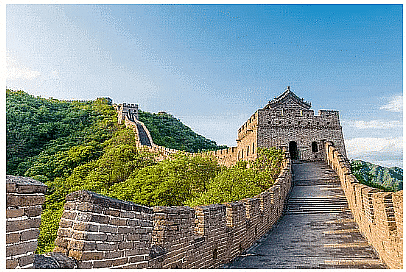From a Kingdom to an Empire Class 6 Worksheet History Chapter 7
Q1: State True (T) or false (F).
(i) Ujjain was the gateway to the north-west. _________
 Ujjain(ii) Chandragupta’s ideas were written down in the Arthashastra. _________
Ujjain(ii) Chandragupta’s ideas were written down in the Arthashastra. _________
(iii) Kalinga was the ancient name of Bengal. _________
(iv) Most Ashokan inscriptions are in the Brahmi script. ________
(v) The Arthashastra tells us that south India for its gold and precious stones. ________
(vi) The empire that Ashoka ruled was founded by his father. ________
(vii) Ashoka appointed special officials who were known as the Dhamma Mahamatta. __________
Q2: Fill in the blanks.
(i) Officials collected _____from the area under the direct control of the ruler.
(ii) Royal princes often went to the provinces as_______________.
(iii) The Mauryan rulers tried to control __________and _________which were important for transport.
(iv) People in forested regions provided the Mauryan officials with _______________________.
(v) The Arthashastra tells us that the north-west was important for ________.
(vi) Ashoka was inspired by the teachings of ____________.
Q3: Who built Great Wall of China?
Q4: What is the ancient name of coastal Orissa?
Q5: Name the book in which the ideas of Kautilya were written down.
Q6: Name the provincial capital of Mauryan Empire.
Q7: Which the region that was popular for the production of blanket during Maurya period?
Q8: Which script was used in the Ashoka’s inscriptions?
Q9: Name the capital of Mauryan Empire. In which current state of India is it located?
Q10: Where did the lions on the currency come from?
Q11: How did Ashoka convey his message to the people?
Q12: Who wrote Arthashashtra?
Q13: Name some cities of Mauryan Empire.
Q14: What is dhamma?
Q15: Who was Seleucus Nicator?
Q16: Who was Chanakya?
Q17: Why was the Great Wall of China made?
Q18: Who founded the Mauryan Empire?
Q19: Name some countries where Ashoka propagated ‘Dhamma’.
You can access the solutions to this worksheet here.
FAQs on From a Kingdom to an Empire Class 6 Worksheet History Chapter 7
| 1. What were the key factors that contributed to the transition from a kingdom to an empire? |  |
| 2. How did governance change as a kingdom transformed into an empire? |  |
| 3. What role did culture and religion play in the expansion of empires? |  |
| 4. Can you provide examples of famous kingdoms that became empires? |  |
| 5. What challenges did empires face that kingdoms did not? |  |

















